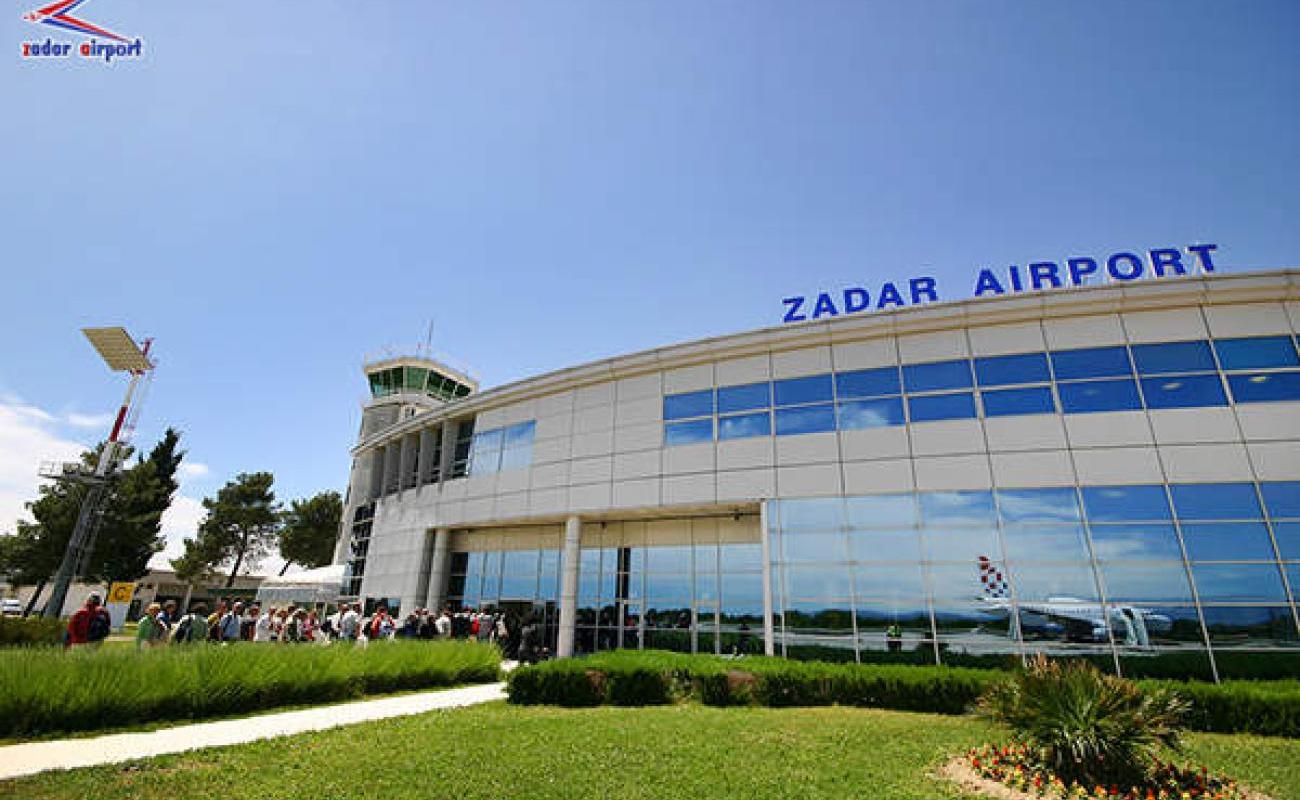MODERNISATION ON CARDS FOR ZADAR AIRPORT

Modernisation is on the horizon for Zadar Airport, with a sixteen million euro contract having been signed.
As Poslovni Dnevnik writes, the aforementioned sixteen million euro contract for works to modernise Zadar Airport regards projects which will be financed directly from Croatia’s NPOO. Those projects include the electrification of the airport’s aircraft reception and dispatch system.
A HUGE STEP FORWARD FOR ZADAR AIRPORT
“Around ten million euros in grants is a huge step for Zadar Airport, because airports on a global level are no longer subject to European Union funding”, commented Maritime Affairs, Transport and Infrastructure Minister Oleg Butković. He pointed out that the projects for Zadar Airport are continuing the policy of reducing harmful effects on the environment and the “greening” of business processes, emphasising that this represents a turning point in Zadar Airport’s future development and business.
Zadar Airport Director Josip Klišmanić announced that with the completion of these projects, power from renewable energy sources will be provided for the growing number of passengers and aircraft landing there.
THIS AIRPORT HAS DOUBLED ITS TRAFFIC IN FIVE YEARS
“It should be highlighted that this is the only project at the EU level where non-refundable financing is related to air traffic”, emphasised the director of the airport, which has impressively doubled its traffic in five years. “Announcements of trends in the coming years oblige us to do better and ensure the greener reception of passengers. That’s why by the end of this year, we’re going to repeat the tender for the works on the first phase of the renovation of our infrastructure, the terminal building”, said Klišmanić.
Zadar County Prefect Božidar Longin noted that more than a million passengers passed through Zadar Airport this season alone. “After the renovation of the runway, transoceanic flights will be able to land here, which will ensure the economic growth of this region and return Zadar to the historical position it belongs to as an intersection of roads,” concluded Longin.
